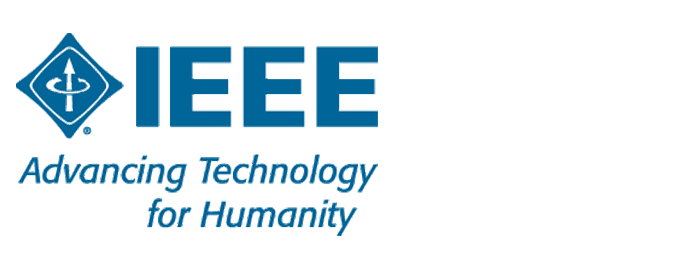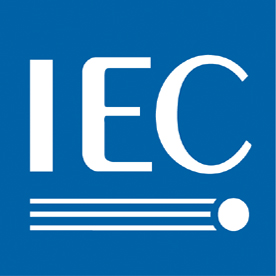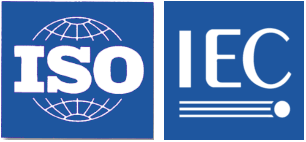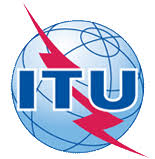IEEE - P1451-99Standard for Harmonization of Internet of Things (IoT) Devices and Systems
The standard utilizes the advanced capabilities of the XMPP protocol, such as providing globally authenticated identities, authorization, presence, life cycle management, interoperable communication, IoT discovery and provisioning. Descriptive meta-data about devices and operations will provide sufficient information for infrastructural components, services and end-users to dynamically adapt to a changing environment. Key components and needs of a successful Smart City infrastructure will be identified and addressed. This standard does not develop Application Programming Interfaces (APIs) for existing IoT or legacy protocols.





